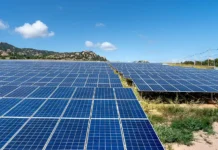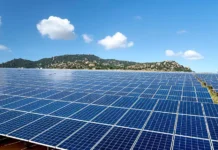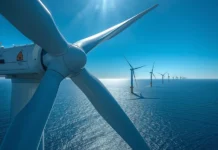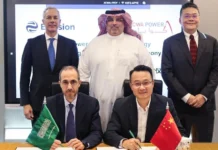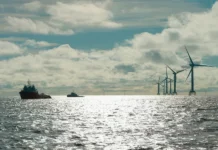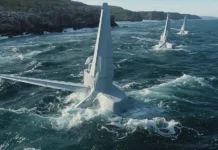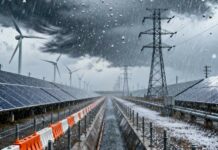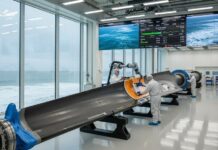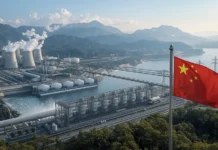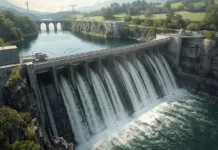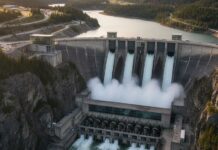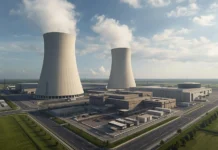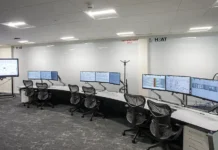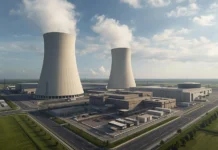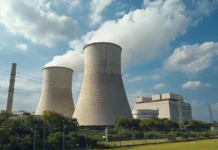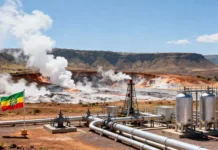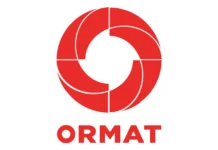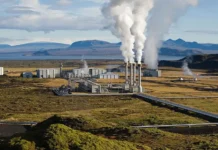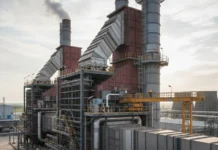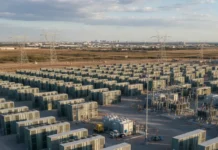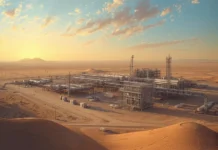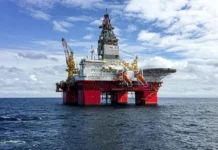Protecting Electrical Infrastructure in Renewable Energy Plants
The global renewable energy sector has experienced unprecedented growth, with renewable electricity capacity increasing by around 2,600 gigawatts between 2015 and 2024—a remarkable 140% increase. As solar power has surpassed hydropower and nuclear as the fourth-largest source of installed capacity, after wind power, the critical importance of robust electrical protection systems has never been more evident. The success of these massive installations fundamentally depends on sophisticated electrical protection in renewable energy systems that can withstand the unique challenges posed by outdoor environments and variable power generation.
The Critical Role of Electrical Protection Systems
Modern renewable energy facilities operate under conditions that traditional power plants rarely encounter. Solar farms and wind installations face constant exposure to harsh environmental elements including ultraviolet radiation, temperature extremes, moisture ingress, and mechanical stress from wind and weather. These challenging conditions demand specialized electrical protection systems that go far beyond conventional power plant requirements.
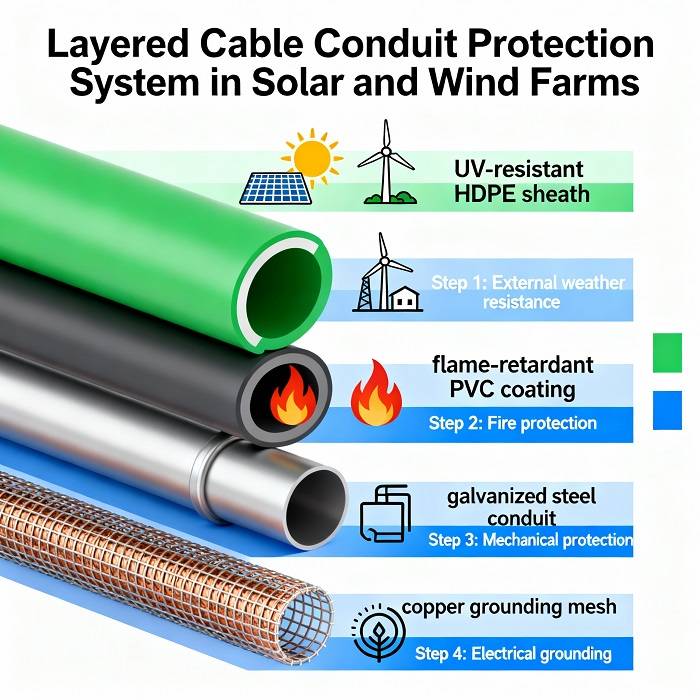
The protection of electrical infrastructure in renewable energy plants encompasses multiple layers of defense. Cable conduits serve as the primary barrier against environmental hazards, while sophisticated monitoring systems provide real-time assessment of system health and performance. This integrated approach ensures that renewable energy installations can deliver consistent, reliable power output while minimizing maintenance requirements and extending operational lifespan.
Addressing Unique Environmental Challenges
Ultraviolet Radiation and Weather Resistance
Solar installations present particularly demanding challenges for electrical protection systems. All exposed aboveground conduits must incorporate UV-stabilized materials to prevent degradation from constant sunlight exposure. The National Electrical Code (NEC) Article 690 specifically addresses these requirements, mandating that outdoor installations utilize materials capable of withstanding prolonged UV exposure while maintaining structural integrity and electrical performance.
Advanced conduit systems now incorporate specialized compounds that resist UV degradation while maintaining flexibility across wide temperature ranges. These materials undergo rigorous testing to ensure performance in environments where surface temperatures can exceed 70°C on rooftops and exposed installations. The integration of UV-resistant outer sheaths with temperature-stable inner cores provides dual protection against both environmental and thermal stress.
Moisture and Chemical Protection
Underground conduit installations in renewable energy facilities must address water infiltration challenges that conventional installations rarely encounter. The NEC classifies underground conduits as “wet locations,” requiring specialized waterproofing approaches that maintain integrity over decades of service. Modern installations employ advanced sealing technologies including molecular-level water barriers and pressure-tested joint systems.
Chemical resistance has become increasingly important as renewable installations expand into industrial areas where soil contamination may be present. High-performance conduit materials now incorporate chemical-resistant formulations that maintain structural integrity when exposed to common industrial contaminants including petroleum products, alkaline solutions, and corrosive salts.
Advanced Cable Management Solutions
Intelligent Routing and Protection Systems
The evolution of cable management in renewable energy has moved beyond simple protective conduits to encompass intelligent routing systems that optimize both protection and performance. Modern installations utilize advanced cable management strategies that consider thermal management, electromagnetic interference reduction, and maintenance accessibility.
Smart cable routing technologies now incorporate real-time monitoring capabilities that provide continuous assessment of cable health and environmental conditions. These systems utilize embedded sensors to monitor temperature, moisture levels, and mechanical stress, enabling predictive maintenance approaches that prevent failures before they occur.
Enhanced Mechanical Protection
Renewable energy installations often experience mechanical stresses that exceed those in conventional power plants. Wind turbine installations must accommodate constant movement and vibration, while solar installations face thermal expansion and contraction cycles that can stress cable systems over time. Advanced conduit systems now incorporate flexible designs that accommodate these dynamic conditions while maintaining protective integrity.
The development of multi-layer protection systems has revolutionized mechanical protection approaches. These systems combine rigid outer shells with flexible inner cores, providing both impact resistance and movement accommodation. The integration of cushioning materials and stress-relief components ensures that mechanical forces are distributed effectively, preventing concentration points that could lead to premature failure.
Innovative Materials and Technologies
High-Performance Conduit Materials
The materials science revolution has transformed electrical protection capabilities in renewable energy applications. Modern conduit systems utilize advanced polymer compositions that combine multiple protective characteristics in single-component solutions. These materials achieve remarkable performance levels including temperature ranges from -55°C to 200°C, exceptional chemical resistance, and mechanical properties that exceed traditional materials by significant margins.
Specialized fluoropolymer conduits now provide protection in applications where traditional materials fail. These advanced materials offer exceptional chemical resistance, temperature stability across extreme ranges, and electrical properties that maintain performance even under the most demanding conditions. The integration of these materials in renewable energy applications has enabled installations in previously unsuitable locations.
Smart Protection Integration
The integration of intelligent monitoring capabilities directly into protection systems represents a fundamental advancement in renewable energy infrastructure protection. Modern conduit systems now incorporate distributed sensing technologies that provide continuous monitoring along entire cable runs. These systems utilize fiber optic sensing, acoustic monitoring, and thermal imaging technologies to provide comprehensive assessment of system health.
The development of predictive maintenance capabilities has transformed how renewable energy facilities approach system reliability. Advanced monitoring systems now provide early warning of developing problems, enabling maintenance teams to address issues before they result in system failures or safety hazards. This proactive approach significantly reduces both maintenance costs and system downtime while enhancing overall safety.
Safety and Compliance Standards
Regulatory Framework Evolution
The rapid growth of renewable energy installations has driven the evolution of safety standards and compliance requirements. Modern installations must comply with increasingly sophisticated requirements that address the unique challenges of renewable energy applications. These standards encompass everything from fire safety and electrical protection to environmental resistance and long-term reliability.
The International Electrotechnical Commission (IEC) has developed specialized standards for renewable energy electrical systems that address the unique challenges of these applications. These standards provide comprehensive guidance on material selection, installation practices, and maintenance requirements specific to renewable energy environments. Compliance with these standards ensures both safety and performance optimization in challenging operating conditions.
Arc Flash and Electrical Safety
Higher DC voltages in renewable energy systems, particularly solar installations reaching up to 1,500 VDC, create unique electrical safety challenges that require specialized protection approaches. Traditional electrical safety practices, developed primarily for AC systems, require significant modification to address the specific characteristics of DC systems common in renewable energy applications.
Advanced protection systems now incorporate specialized arc fault detection and prevention technologies designed specifically for renewable energy applications. These systems provide early detection of developing electrical faults and can automatically isolate affected circuits before dangerous conditions develop. The integration of these technologies with comprehensive monitoring systems provides unprecedented levels of electrical safety in renewable energy installations.
Future Developments and Innovations
Next-Generation Protection Systems
The continuous evolution of renewable energy technologies drives parallel developments in protection systems. Emerging technologies including self-healing materials and adaptive protection systems promise to further enhance the reliability and safety of renewable energy installations. These advanced systems will provide automatic fault correction and system optimization capabilities that reduce both maintenance requirements and operational costs.
The integration of artificial intelligence and machine learning technologies into protection systems represents a transformative development in renewable energy infrastructure management. These systems will provide predictive capabilities that enable optimal system performance while preventing failures before they occur. The combination of intelligent monitoring, predictive maintenance, and self-healing capabilities will establish new standards for renewable energy system reliability and performance.
The future of electrical protection in renewable energy will be characterized by increasingly sophisticated integration of protective, monitoring, and control capabilities. These integrated systems will provide comprehensive protection while optimizing performance and minimizing lifecycle costs. As renewable energy continues to expand its role in global power generation, these advanced protection technologies will prove essential for maintaining the reliability and safety that modern society demands from its electrical infrastructure.
The protection of electrical infrastructure in renewable energy plants represents a critical foundation for the continued growth and success of sustainable power generation. Through the application of advanced materials, intelligent monitoring systems, and comprehensive protection strategies, modern renewable energy installations can deliver reliable, safe, and efficient power generation for decades to come.




